Phantom Limb Pain Management
There are many obstacles you will conquer following an amputation. In the weeks and months following an amputation, you may feel certain sensations or pain in the area of your former limb. This is referred to by doctors and amputees as phantom limb pain. Phantom limb pain can be a serious issue because the resulting pain, burning, tingling, or aching following an amputation is very real, and can range from mild to severe pain.
Causes
Even though your limb is not there, the nerve endings remain at the amputation site. These nerve endings can send pain signals to your brain which your brain then interprets as actual pain. Your brain remembers the feelings in the limb that you have experienced even though the limb is still there.
Symptoms
You may feel mild to extreme pain in the area where your limb has been amputated. Other symptoms may include sensations in the area such as tingling, cramping, hot or cold feelings. Phantom limb pain includes any pain or feeling that the limb may have had prior to amputation.
Treatment
Phantom limb pain can be difficult to treat. With treatment, sensations and pain usually decrease or disappear altogether over a period of time. However, pain that persists more than six months is likely to become chronic pain. Even if the chronic pain of phantom limb pain cannot be totally eradicated, there are steps that you can take toward pain management that can lessen the sensation and give you relief from the discomfort. If phantom limb pain is present, a medical professional should be consulted to begin an effective pain management program.
There are 3 basic methods of treating phantom limb pain: medications, non-invasive therapy, and mildly invasive therapy. Treatment success can be difficult and often treatments are combined to achieve the desired results. Read the facts below and talk to your doctor to see which one is right for you.
Medication
Medications such as pain relievers, neuroleptics, beta-blockers, sodium channel blockers, anticonvulsants, and antidepressants are typically the first form of pain management attempted. These medications should only be used with the oversight of a treating physician.
Non-invasive therapy
Non-invasive treatments can include massage, physical therapy, heat therapy, relaxation techniques, counseling, and biofeedback techniques to attempt to draw the patient’s focus away from the pain and toward better sensations.
Mildly invasive therapy
There are a few more invasive options that can help ease or eliminate phantom limb pain. Injections with local anesthetics or steroids, nerve blockers or surgery to remove scar tissue that may be entangling a nerve causing the pain are all possibilities if the pain is not helped via alternate treatments. Another option called TENS, transcutaneous electrical nerve stimulation, in the stump can stimulate nerves to help ease the pain.
Phantom limb pain may be a difficult obstacle to overcome following amputation surgery but there are several treatment options that may help ease pain or eliminate pain altogether. Talk to your doctor today to discuss the various treatment options for your phantom limb pain.





